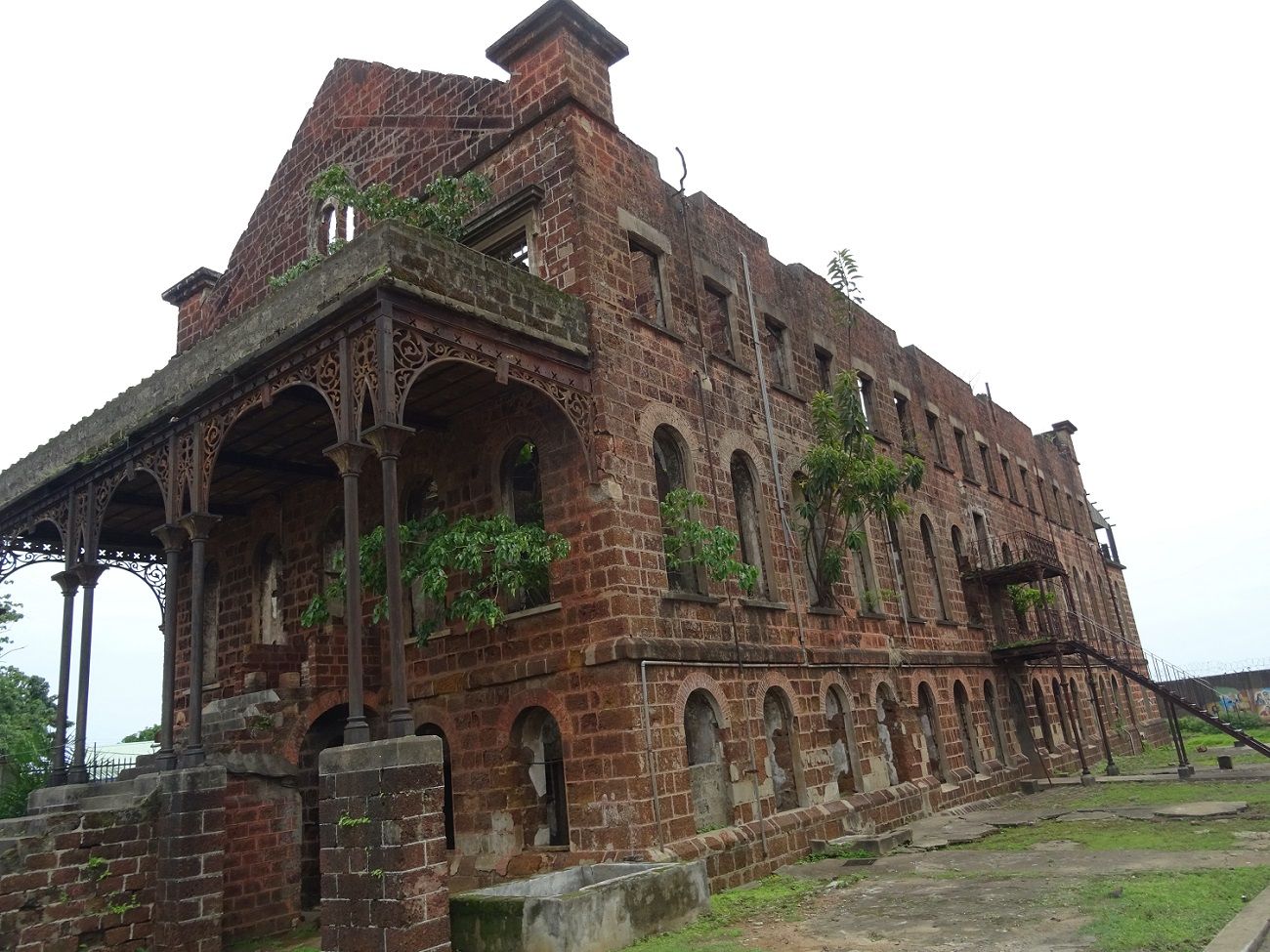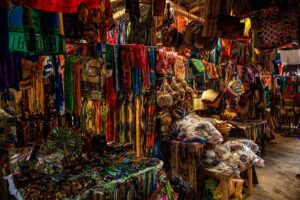Rising up from the tropical waters of Africa’s largest natural harbor, Sierra Leone’s vibrant capital seems to sprawl as far as the eye can see along the South Atlantic and across undulating wooded mountains.
Those fabled lion-shaped mountains behind the coast are said to have inspired Portuguese navigator Pedro de Sintra to name his “discovery” Serra Lyoa. Nowadays they help frame a city with colorful buildings that jostle for space beside the ocean.
The lively spirit of Freetown can be found and felt from the golden beaches of Lumley to the tip of Pickett Hill, the highest mountain on the Western Peninsula.
Reminders of the city’s distinctive history as a slave trade port and later as a settlement for freed slaves are among the city’s poignant landmarks — the 300-year-old Cotton Tree at the center of Freetown, the Wharf Steps and Old Guard House, Freetown’s historic board houses, and nearby Bunce Island, where tens of thousands of Africans were shipped to the Americas before slave trading ceased in the early 19th century.
Beyond its fascinating history, Freetown’s colorful and sometimes clamorous atmosphere is utterly intoxicating. Hooting kekehs and okadas weave expertly through city streets, lined with an eye-catching collection of shops, stalls and salons, reflecting the entrepreneurial side of Sierra Leoneans who go about even the hardest labor with somewhat of a cheerful disposition.


0 Comments